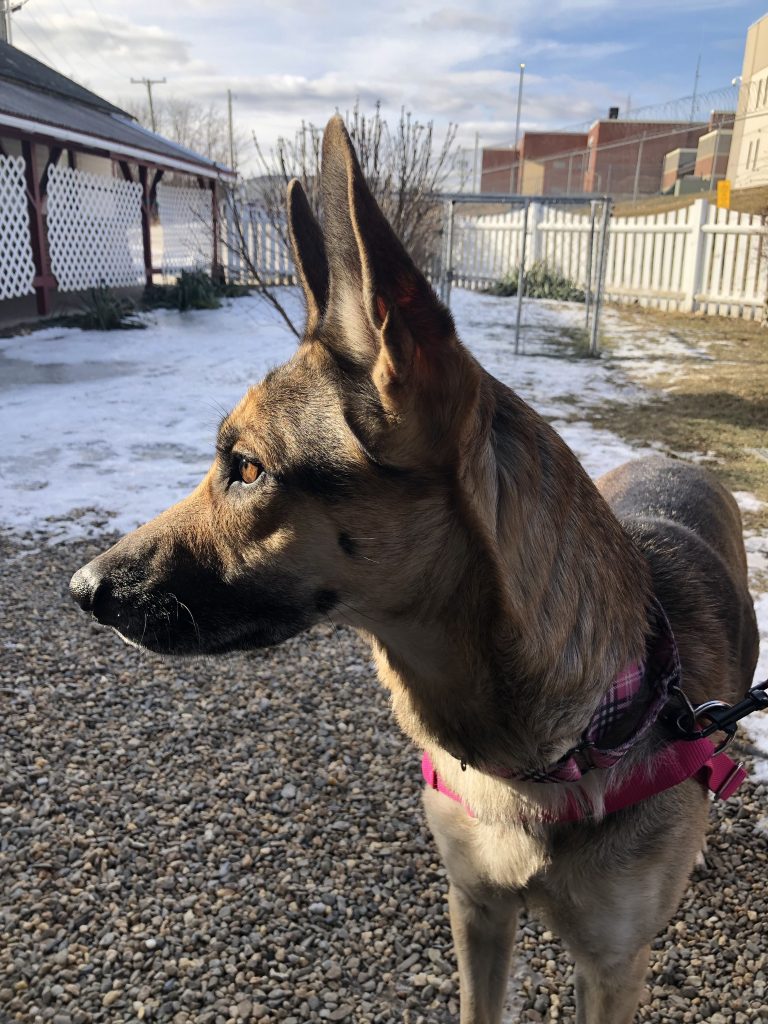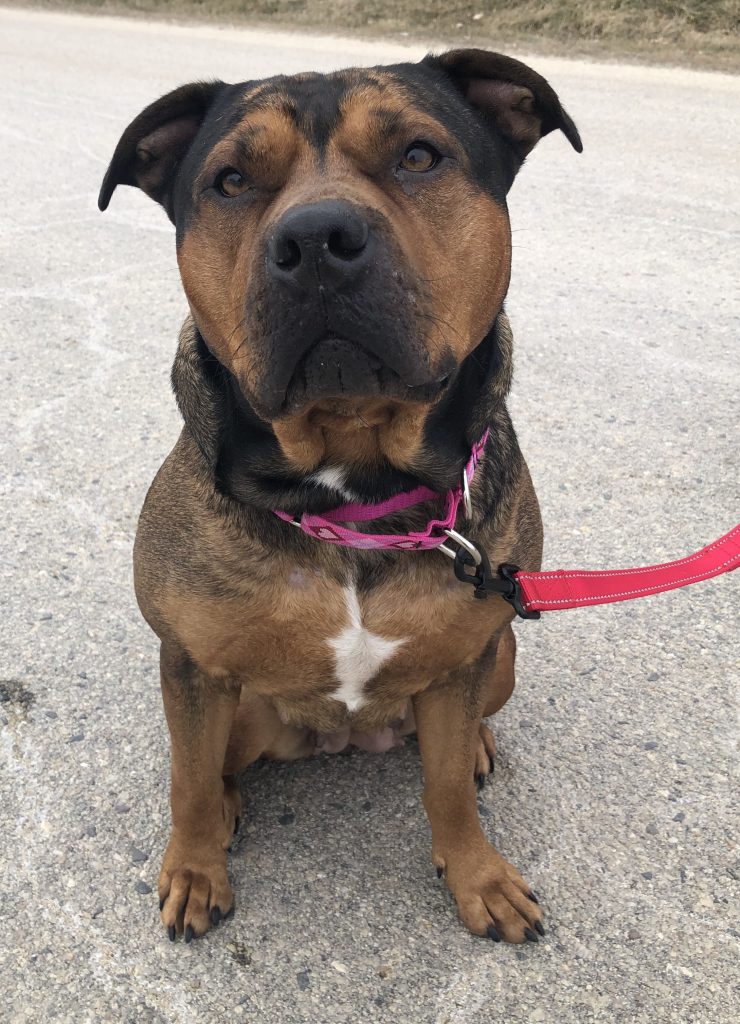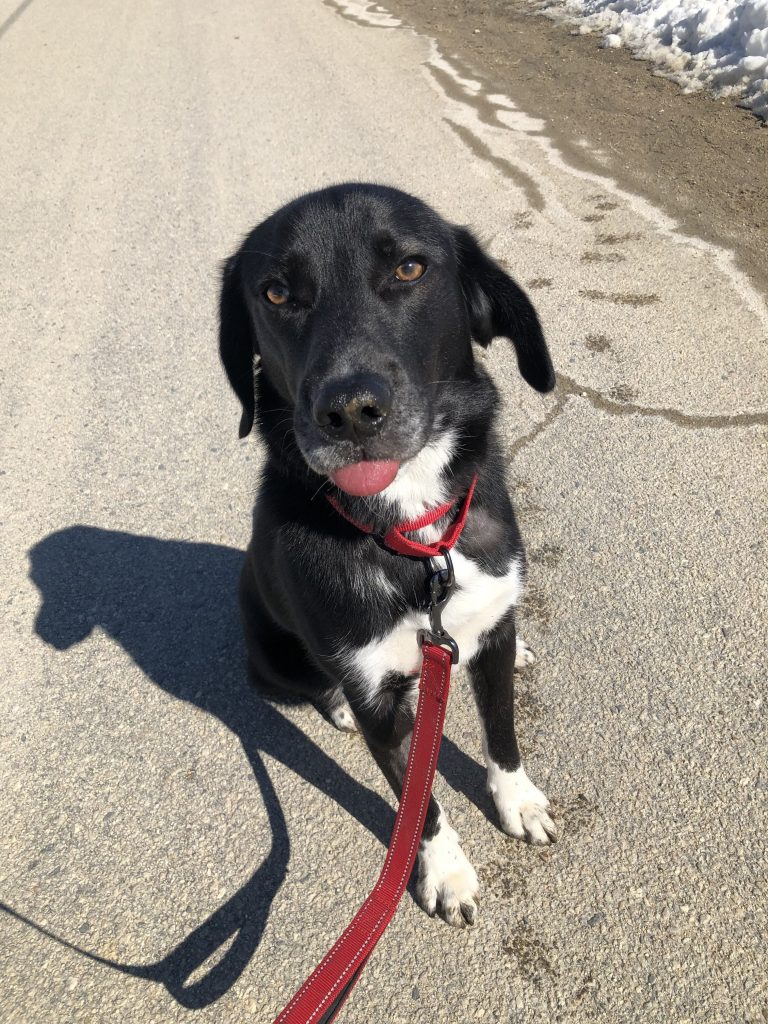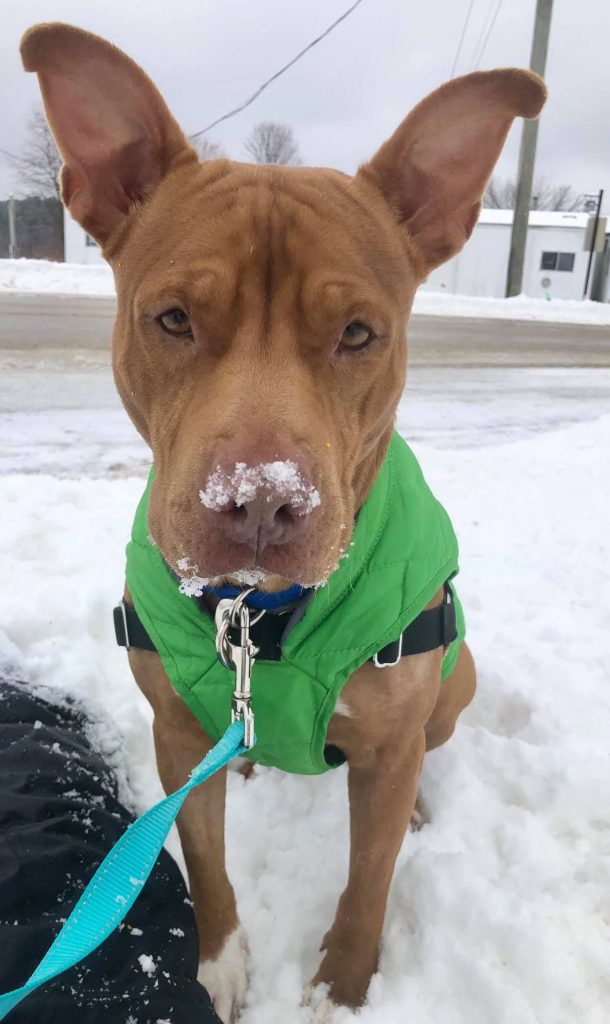
As the weather continues to get nicer, more and more dog owners will be out and about with their four-legged companions. With so many opportunities to interact with adorable pups, it’s important to remember that an unfamiliar dog must always be approached carefully. To ensure you’re taking the right steps to facilitate positive interactions, here are some tips for meeting a new or unfamiliar dog.
DO: Ask permission
Always make sure you ask a dog’s owner for permission before approaching them. An owner knows their dog best, and will be able to tell whether their dog is comfortable interacting with you. Just like people, dogs can be more hesitant to interact with certain individuals or in certain scenarios. Don’t take it personally if an owner says no when you ask their permission! Their dog may be fearful of strangers or particularly protective, and the owner is likely trying to keep everyone safe. Additionally, if you cannot identify a dog’s owner, do not approach them!
DON’T: Run directly towards them

Running or walking straight up to a dog can be interpreted as threatening. Just like you wouldn’t love a stranger running directly up to you on the street, dogs can get nervous with head-on interactions. Dogs tend to prefer to be approached from the side, in a relaxed manner. Make sure a dog can see you when you’re approaching, as surprising a dog can cause a fearful reaction.
DO: Remain calm and relaxed
As hard as it may be to keep your cool around the cutest doggo you’ve ever seen, it’s important to ensure the dog remains calm. Flailing gestures, clapping, snapping, high-pitched voices, rapid speech, and loud noises are all things that could cause a fearful reaction from a dog.
Although it may only seem right to greet that “cutie-wootie-pie” on the street with your best baby talk, dogs often associated high-pitched or fast-paced speech with distress. Your best bet is to approach a dog “naturally.” This means in a relaxed manner, with loose body language. The dog will sense if you tense up or act nervous, and that can make them wary of your approach.
Once you approach, be sure not to crouch or lean over the dog. It can make them feel trapped and uncomfortable. Instead, remain standing with an upright posture or kneel or squat down near the dog, ideally to the side of them at a respectful distance.

DON’T: Stare at them
Much like humans, dogs don’t like to be stared at. Direct, unbroken eye contact can seem threatening to canines and can elicit a defensive or fearful response. However, dogs also become uncomfortable if you never look at them while interacting. It is best to occasionally meet a dog’s gaze with soft, indirect eye contact and a friendly, neutral expression.
DO: Let them come to you
Once you’ve calmly approached an unfamiliar dog, let them make the first move to make contact. You can hold the back of your hand in a slightly extended position for them to sniff, but don’t shove your fist or fingers in their face. Subtly extending your hand gives the dog a chance to sniff you if they feel comfortable, but doesn’t force them to interact.
If a dog sniffs your hand, don’t immediately assume they want to be pet. Pay attention to their body language. A curved body, nudging of your hand, wagging tail, excited circling of you, or a play bow (forward bow with front legs extended) can all be positive indicators that a dog is becoming comfortable with you. A tense body or glare, snarling, growling, baring of teeth, or a high, stiff tail (even if it’s wagging) can be signs that a dog is uncomfortable with further interaction. If you notice these or other signs of fear or discomfort, don’t jerk your hand away or suddenly jump up. Slowly withdraw your hand if it’s extended and calmly back away.
Remember, every dog is different and will display different signs when they’re uncomfortable. That’s why it’s important to communicate with a dog’s owner before an interaction, so they can keep an eye on their dog’s body language.

DON’T: Pat the top of their head
If a dog indicates that they would like to be pet or initiate touch by nudging or rubbing against you, that’s when you can pet them. Many dogs dislike being pet on the top of their heads, even if they tolerate it from their owners. From a stranger, this move can feel scary or threatening because the dog cannot see your hand.
Instead, pet the dog on their shoulder, chest, or back. If the dog seems comfortable with this contact, you can gradually work your way towards their head and face, but only if they remain comfortable with the contact.
Remember, some dogs don’t tolerate being pet by unfamiliar people. Don’t take it personally if a dog rejects you or is uncomfortable with physical contact! Every dog is different, just like us humans!
Meeting a dog can be a rewarding experience when done properly. Unfortunately, too many dog bites or acts of aggression occur because a dog has been approached incorrectly. Take precautions and keep these tips in mind the next time you approach an unfamiliar dog, and teach children how to be respectful of canine companions. This will set you and the dogs in your community up for success and positive interactions!
